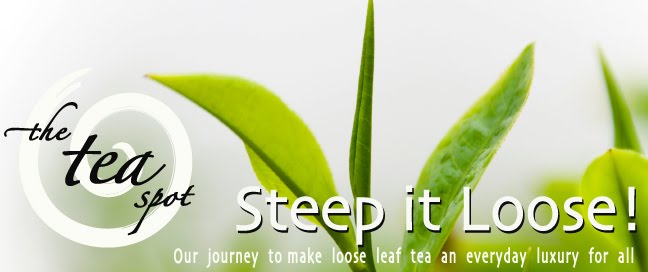Last night in culinary school we learned how to taste wine technically and organoleptically. Technical wine tasting uses all your senses so you can taste the wine in its purest form.
Photo by CLTV
The following is a general sequence to technical wine tasting: Look, Smell, Taste
- Look at the wine. Use a white background to better identify the color. Tilt red wine to help identify the age of the vine and its maturity.
- Smell the wine, swirl the wine for 30 seconds, agitating the stereoisomers in the wine causing the wine to awaken the aromas and flavors that may be inactive. Smell the wine at the front of the glass by tilting the wine towards you (smell forward). Smell the wine at the back of the glass by tilting the wine a little away from you (smell backward). Alternate smelling forward and backward, noticing and describing the difference
- Taste the wine, take a sip and swoosh it around your mouth. Feel how your mouth reacts to the wine. Take another sip, slosh it around, take in some air and examine the texture and body of the wine. Feel and describe how your mouth feels after your swallow.
But before you even look, smell or taste the tea you can actually learn a lot from its label but that's another blog post...
Organoleptical wine tasting adds another dimension by pairing food with wine. The general rule when pairing food with wine is that both the food and the wine should taste better together then apart. Like peanut butter and jelly...Which brings me to another rule, wine tasting is a subjective sport. What I think might taste good paired with something, you might think tastes horrible...The bottom line is that whether tasting technically or organoleptically you need to use all your senses which may ignite nostalgic memories and bring you back to playing in the sandbox with your best childhood friend...
Smelling Benton-Lane, Willamette Valley, Pinot Noir, 2007, 13.55% last night reminded me of camping in Yellowstone. The wine's musky, earthy aroma lingered in my nose as a memory of sitting by the campfire emerged in my mind. As I tilted the wine on its side against a white napkin, the rainbow of reds with a translucent glow around the edge appeared. The different color reds imply that the wine is mature and ready to drink. The translucent edge refers to oldness of the vine (not the wine). The first sip made my mouth salivate. The second sip quenched my thirst. Notes of grass, berries and subtle tannis finally began to develop by the third sip. A great wine worth tasting for $26.
Do you have a wine worth tasting?
Tune in next week when we discuss how to taste tea....
.jpg)


No comments:
Post a Comment